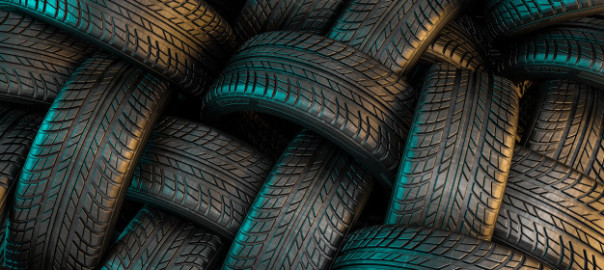Tires need to be properly filled in order for the safe operation of your vehicle – there’s simply no way of getting around it. It’s surprising how many people don’t understand the essential details of proper tire maintenance – which is why we, the towing experts here at Towing Chicago, have prepared this guide to tire filling procedure to our valuable clients both inside and outside of the Greater Chicagoland area.
Regularly Check your Tire Pressure for Safety
Make sure to check your tire pressure at least once every month – and ALWAYS before embarking on a long driving trip. Newer cars have warning lights installed that notify you when tire pressure has dropped below acceptable levels, and by checking your tires you can see small pressure changes before the warning light is triggered. Just put the valve gauge on your tire and allow it to operate. You can determine your ideal tire pressure by checking your vehicle’s owner’s manual, or by looking at the sticker inside the door on the car’s driver’s side. Try to make sure the car’s tire pressure is exactly at this number, or as close to it as possible.
Being Careful when Using Compressed Air
Tires with low amounts of air or are generally uninflated can be corrected by adding air using air compressors, a piece of technology commonly found in gas stations. However, be careful when operating air compressors – add the air slowly, and stop regularly in order to check and recheck the tire pressure using the built-in gauge inside the compression wand. In these cases, it’s definitely better to over inflate your tires by a few PSY units – but make sure to not inflate the tires more than 3 PSI over the intended inflation target, as this is dangerous. Then slowly let out a little bit of air until the tires get to the ideal level of pressure. In situations where you notice that you’re constantly having to inflate your tires, consider replacing your tires, or at the very least having them checked by a professional mechanic for a potential tire leak.

